Dominion Energy has selected Thomas Built Buses, equipped with Proterra internals, for the 50 buses sought in a $13.5 million September 2019 request for proposal. The vehicles will be purchased through local bus company Sunny Merryman and deployed by the end of 2020. A second round of 1,005 buses is expected to be deployed by 2025.
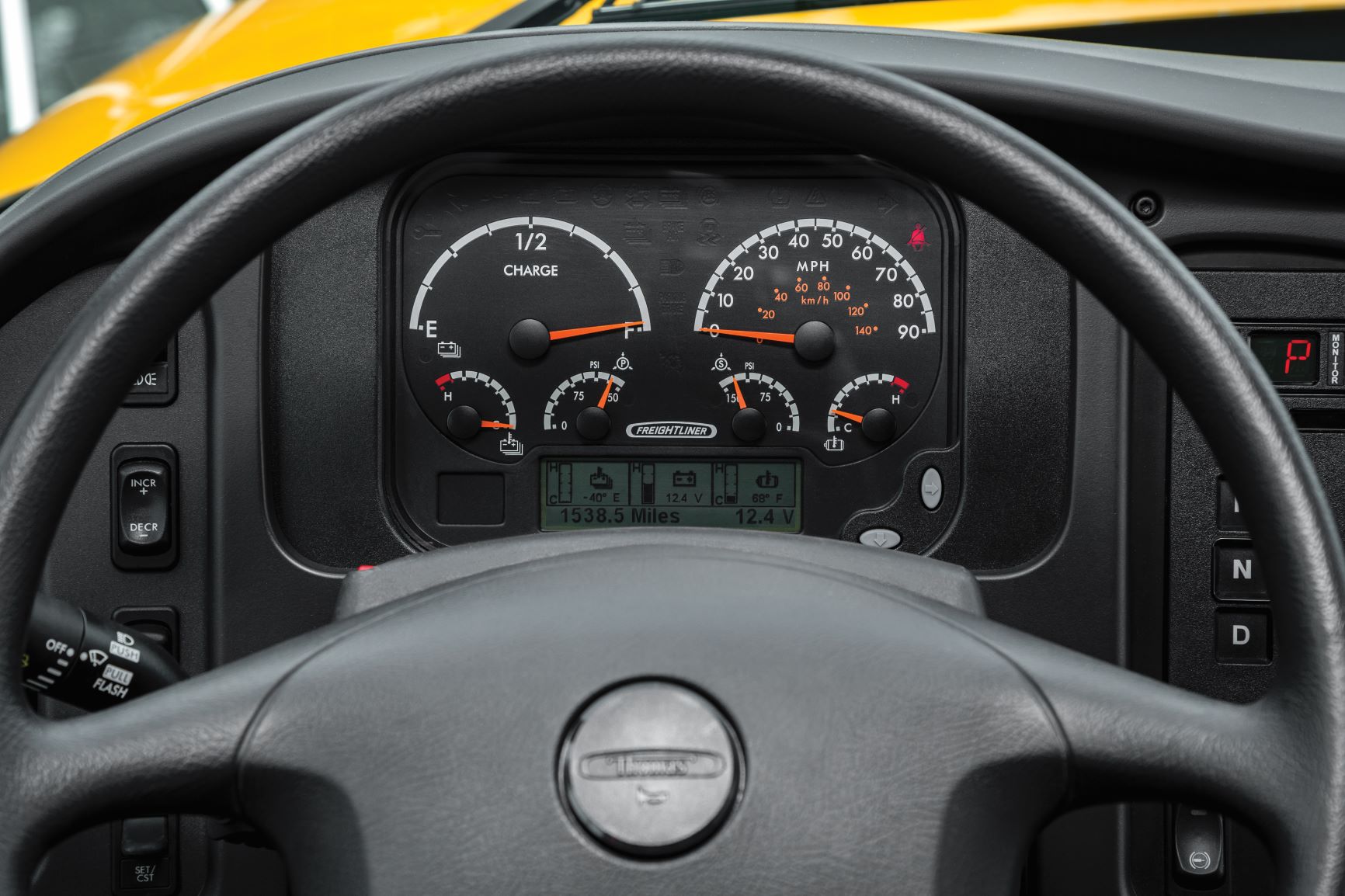
The specific model being purchased is the Saf-T-Liner C2 Jouley, which is the electric version of the big yellow bus that most of us have come to know. The unit’s two speed transmission offers 295 peak horsepower over its 134-mile operating range, and 0-60mph in a whopping 49 seconds.
The Thomas Built Buses will utilize Proterra’s powertrain, Proterra’s battery and a Proterra 60kW bi-directional DC charger. The units feature a liquid cooled 220 kWh battery system that is partially charged by regenerative braking. Proterra offers over-the-air battery management software updates, and a power-save/economy mode to extend range when required.
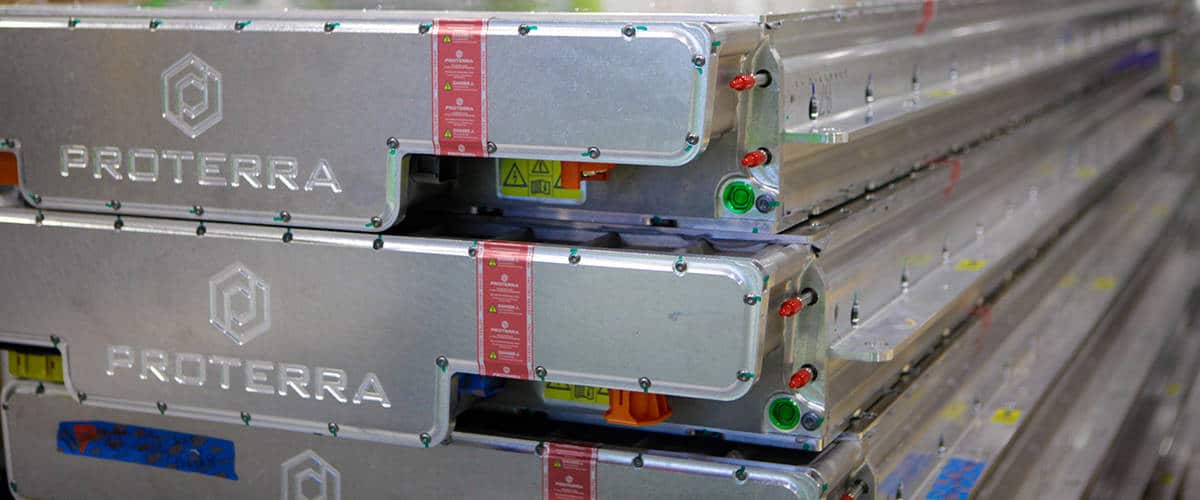
A Dominion press release states that the selection criteria focused on battery and vehicle-to-grid (V2G) features and specifications, price, warranty, customer support, supplier footprint, supplier diversity and safety. The bus is charged using the standard SAE J1772 charging protocol and offers a bilateral V2G capability. The Proterra website suggests that a single bus can be recharged in less than 3 hours with the 60-kW hardware, with the hardware expandable to 4 buses that could be recharged over a 12-hour period.
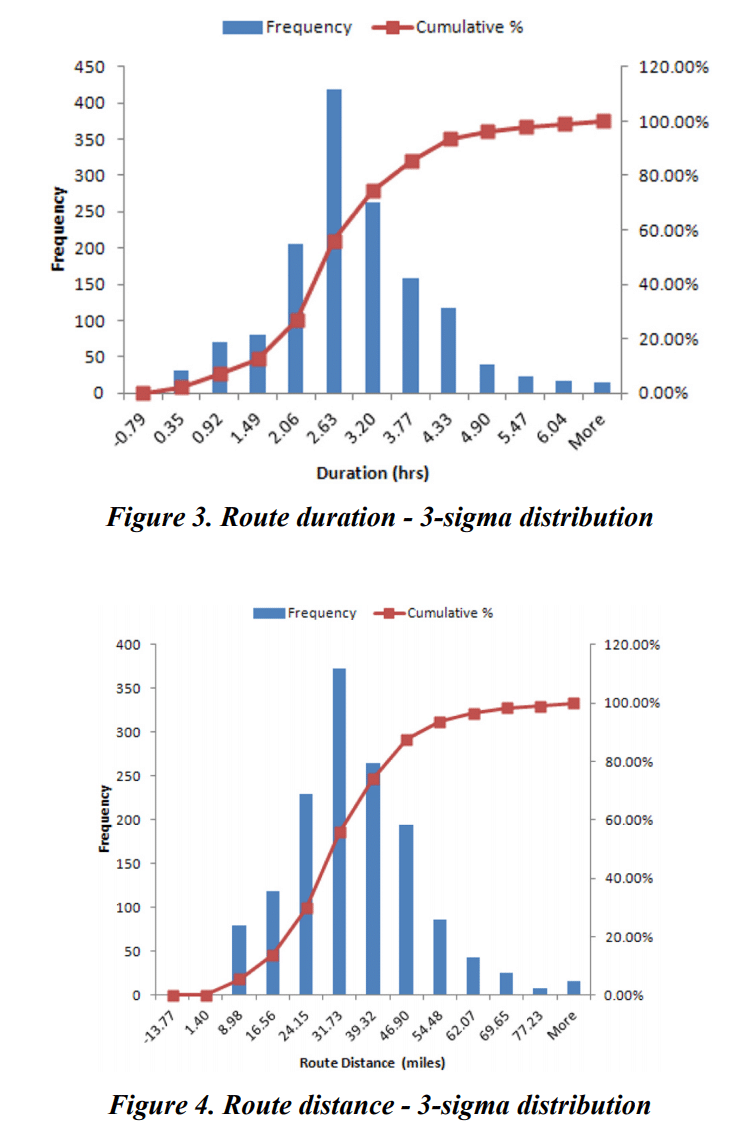 An NREL analysis found, shown in the image to the left, that an average school bus route distance was just over 31 miles, and the daily distance traveled was 73 miles in a day, with a 99.7% cutoff on driving distance of 154 miles for the whole of the day. As well, the large majority of buses were on the road for fewer than 4 hours, and 99.7% for six hours or less.
An NREL analysis found, shown in the image to the left, that an average school bus route distance was just over 31 miles, and the daily distance traveled was 73 miles in a day, with a 99.7% cutoff on driving distance of 154 miles for the whole of the day. As well, the large majority of buses were on the road for fewer than 4 hours, and 99.7% for six hours or less.
A separate study suggests that in California, the state’s electric vehicle push by 2025 would generate a need for around 100,000 additional vehicle chargers, and could push the evening electrical peak higher by 1 GW of demand if these vehicles weren’t responsibly charged.
As part of the state’s broader push toward 100% clean energy (not just electricity), regulators have recently approved an SDG&E proposal to install 3,000 to 6,000 medium and heavy vehicle charging stations, as well as a V2G pilot where 10 school buses will be tested for use as grid assets.
This content is protected by copyright and may not be reused. If you want to cooperate with us and would like to reuse some of our content, please contact: editors@pv-magazine.com.
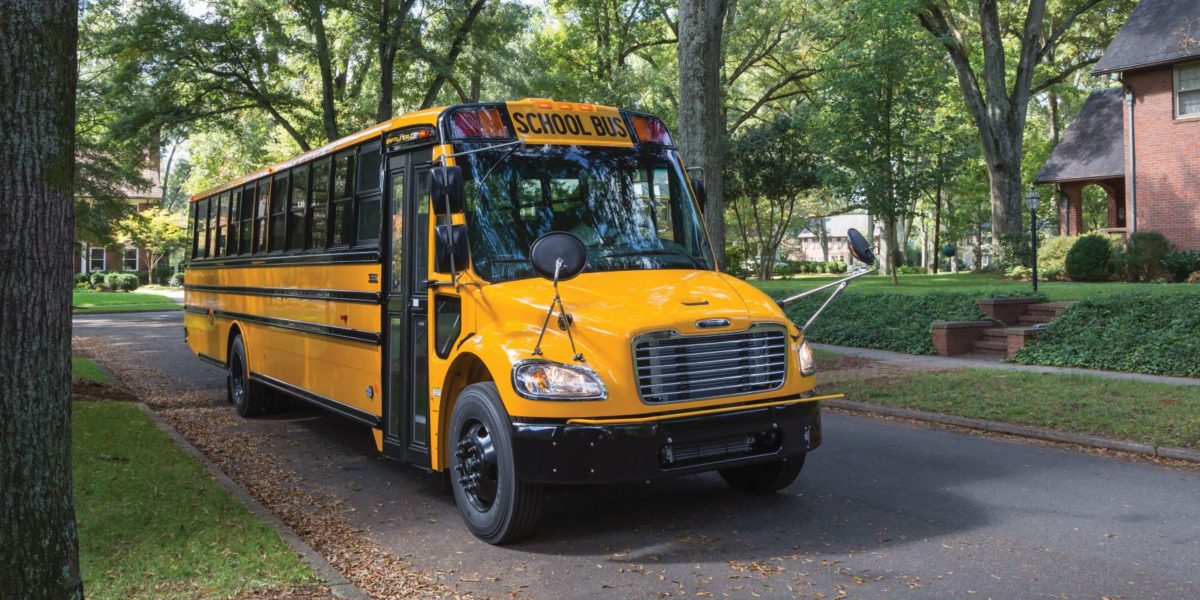
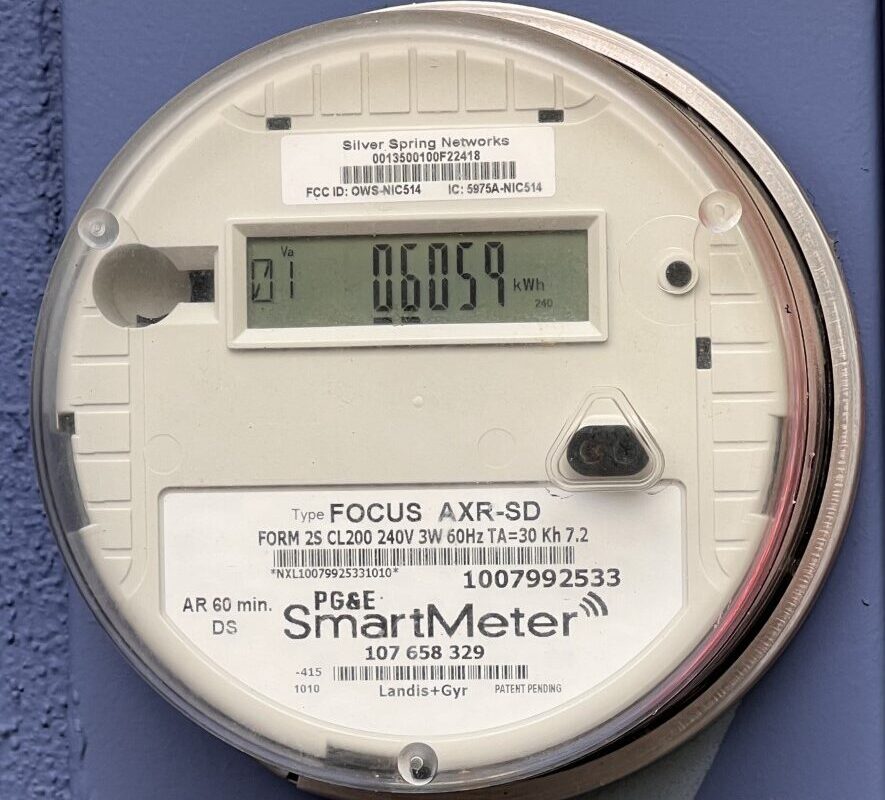


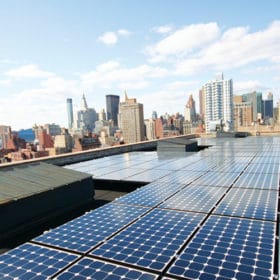
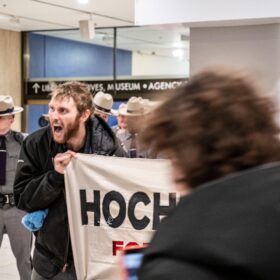
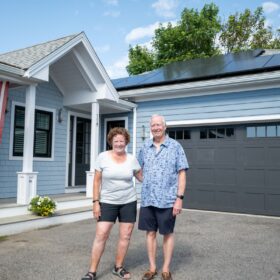

Smart way to have buses pay for their EV drive. And most school buses drive far less/day, more like 30mpd so 100kwh packs would do them easily especially since they’ll be hooked to the grid during the day for most of the fleet. And have longer range ones that need it…
Add to that a large solar array at the garage and schools can have a powerful on demand tool to both get cheap power and sell expensive power.
While EV drive is great they really need much better, lighter built as EV buses to put it in.
“The Proterra website suggests that a single bus can be recharged in less than 3 hours with the 60-kW hardware, with the hardware expandable to 4 buses that could be recharged over a 12-hour period.”
This ‘charging’ point I believe is not being taken as seriously as it should be. An all encompassing fast charge standard should be nailed down (sooner) than later. Right now Porsche is moving towards an 800VDC fast charge buss. Porsche claims it can charge a battery pack to 80% of full charge in 12 minutes, that’s almost the same amount of time for a gas station fill up. As for the bus fleet, with high voltage battery packs, there should be less round trip power losses in a V2G system, than if the battery packs were in the 288 to 350VDC range.
SAE J1772 CCS supports voltages from 250V to 1000V, and power delivery up to 400kW in its present incarnation.
Porsche’s speed is due to a combination of higher battery voltage coupled with pushing the max amount of amperage through a given cable size, which drives up the delivered power; it will have a subsequently much higher draw on the grid and induce far more grid instability with each use than something like a 60kW charger will.
Vehicle charging is all about balancing wants (super fast, gas-station like performance) with reality (grid stability, battery longevity, actual need). Batteries like slower charges, it helps them last longer. The grid likes slower charging, it promotes stability and reduces stress.
A high power charger like the Porsche-hawked fast charger may push grid demand over into spooling up another gas turbine to supply the demand, which would then become unnecessary 10 minutes later when that charger’s big energy demand is suddenly cut off. This sort of thing promotes additional wear and tear on the equipment, as well as inefficiency in production.
Ubiquitous L2 charging (J1772 AC charging, already existing) would be a far more inexpensive solution to general public charging needs, especially if promoted for installation at employers and apartment complexes, where your parking density is high and your dwell times are higher. As an added benefit the impact of an individual consumer vehicle plugging in or unplugging to an L2 charger is unlikely to ever push demand so high that it crosses the threshold into needing to bring more generation online; they are much more “constant load” devices from the grid perspective, nice and low and slow.
In the instance of the buses above, the V2G capabilities of a DC charger (J1772 CCS) are desired precisely because the long dwell times will permit the big batteries on the bus to be used to counteract some of the other loads on the grid. The relatively slow charge rate will reduce their strain on the grid while charging, and will also mean that while charging they can stay in the equipment’s most efficient output bands for longer rather than tapering off quickly into the less efficient low output zones.